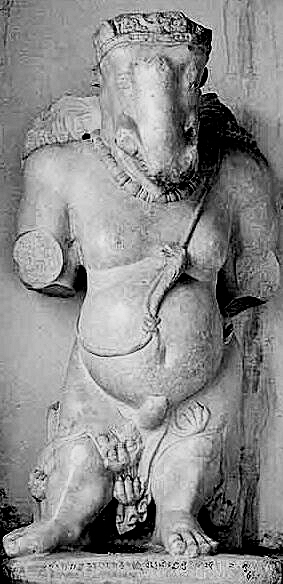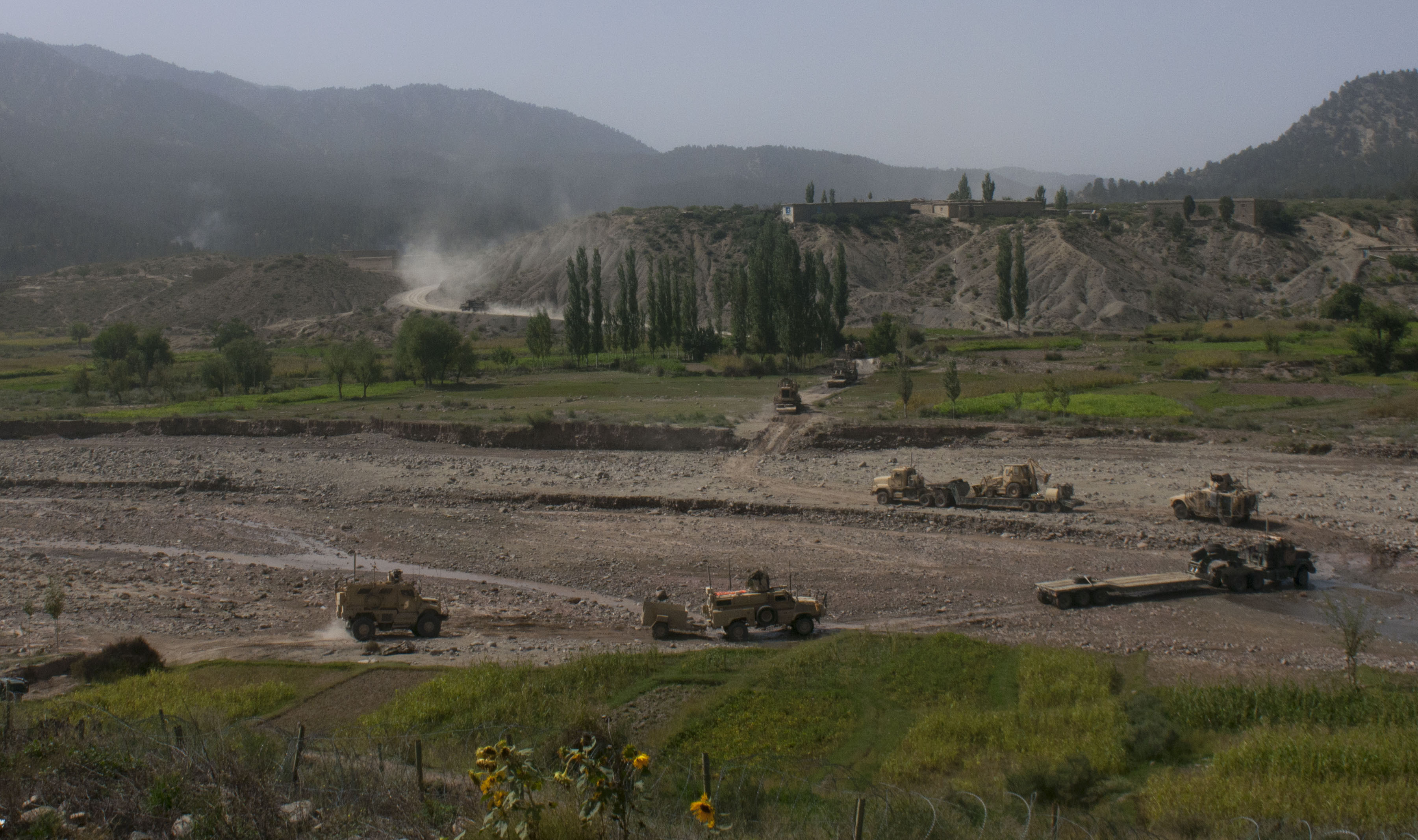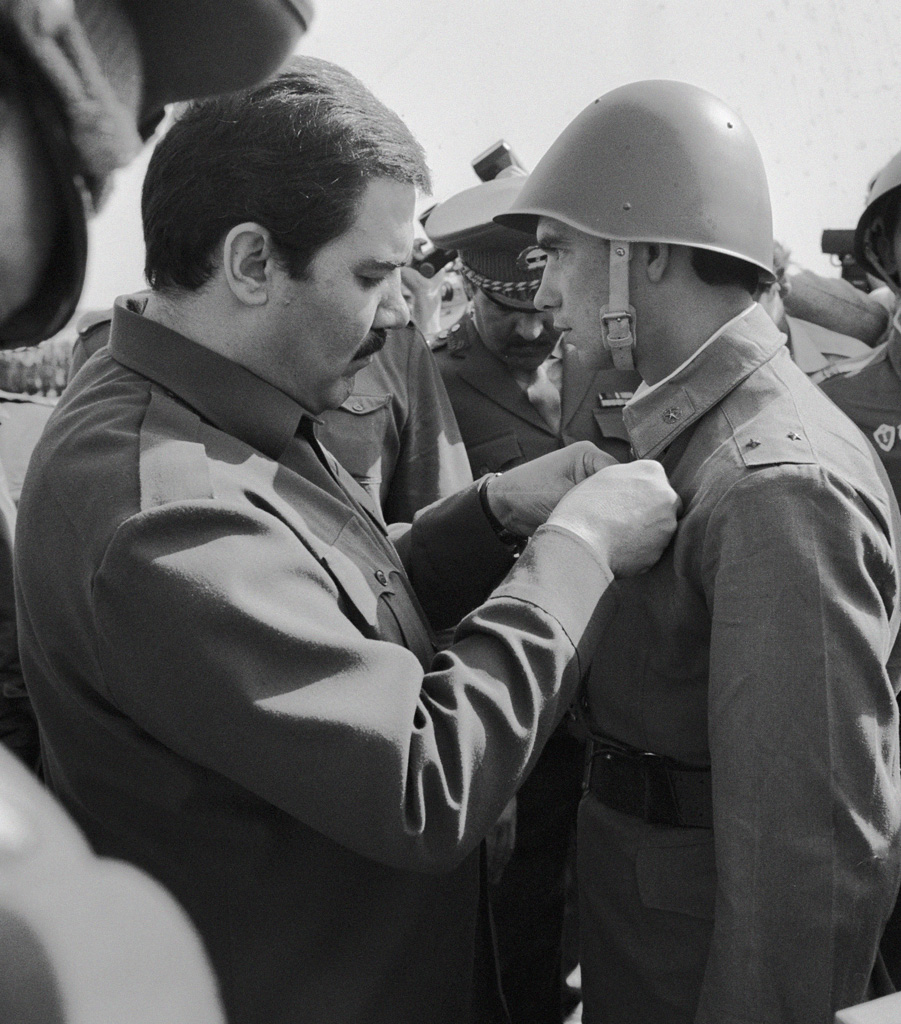|
Paktia
Paktia (Pashto/Dari: – ''Paktyā'') is one of the 34 provinces of Afghanistan, located in the east of the country. Forming part of the larger Loya Paktia region, Paktia Province is divided into 15 districts and has a population of roughly 623,000, which is mostly a tribal society living in rural areas. Pashtuns make up the majority of the population and a small percentage include Tajiks Gardez is the provincial capital. The traditional food in Paktia is known as (dandakai) which is made from rice and mung bean or green gram. In 2021, the Taliban gained control of the province during the 2021 Taliban offensive. History Paktia used to be a unified province with Khost and Paktika till Khost became a separate province in 1985. These three provinces are now referred to as ''Loya Paktia'', meaning "Greater Paktia". Paktia came to prominence during the 1980s, when a significant portion of Afghanistan's leadership originated from the province. Some of the more notable leaders in ... [...More Info...] [...Related Items...] OR: [Wikipedia] [Google] [Baidu] |
Loya Paktia
Lōya Paktiā ( ps, لويه پکتيا; lit. Greater Paktia) is a historical and cultural region of Afghanistan, comprising the modern Afghan provinces of Khost, Paktia, and Paktika, as well as parts of Logar7 Deadly Scenarios: A Military Futurist Explores the Changing Face of War in the 21st Century Andrew Krepinevich, Random House Digital, Inc., 2010, , ''... Paktia was once a unified province with Khost and Paktika in southeast Afghanistan. The three provinces are now referred to as 'Loya Paktia', which means 'The Greater Paktia' ...'' and parts of Kurram and |
Gardez
, settlement_type =City , image_skyline =gardez_paktya.jpg , imagesize = , image_caption =The Bala Hesar fortress in the center of Gardez City , image_flag = , flag_size = , image_seal = , seal_size = , image_shield = , shield_size = , image_blank_emblem = , blank_emblem_type = , blank_emblem_size = , image_map = , mapsize = , map_caption = , pushpin_map = Afghanistan , pushpin_relief = yes , pushpin_label_position = above , pushpin_mapsize = , pushpin_map_caption = Location in Afghanistan , subdivision_type = Country , subdivision_name = Afghanistan , subdivision_type1 = Province , subdivision_name1 = Paktia Province , subdivision_type2 = District , subdivision_name2 = Gardez District , government_footnotes = , government_type = , leader_title ... [...More Info...] [...Related Items...] OR: [Wikipedia] [Google] [Baidu] |
Gardez, Afghanistan
, settlement_type =City , image_skyline =gardez_paktya.jpg , imagesize = , image_caption =The Bala Hesar fortress in the center of Gardez City , image_flag = , flag_size = , image_seal = , seal_size = , image_shield = , shield_size = , image_blank_emblem = , blank_emblem_type = , blank_emblem_size = , image_map = , mapsize = , map_caption = , pushpin_map = Afghanistan , pushpin_relief = yes , pushpin_label_position = above , pushpin_mapsize = , pushpin_map_caption = Location in Afghanistan , subdivision_type = Country , subdivision_name = Afghanistan , subdivision_type1 = Province , subdivision_name1 = Paktia Province , subdivision_type2 = District , subdivision_name2 = Gardez District , government_footnotes = , government_type = , leader_title ... [...More Info...] [...Related Items...] OR: [Wikipedia] [Google] [Baidu] |
Paktika Province
Paktika (Pashto/Dari: ) is one of the 34 provinces of Afghanistan, located in the eastern part of the country. Forming part of the larger Loya Paktia region, Paktika has a population of about 789,000, mostly ethnic Pashtuns. The town of Sharana serves as the provincial capital, while the most populous city is Urgun. In 2021, the Taliban gained control of the province during the 2021 Taliban offensive. Geography Paktika sits adjacent to the Durand Line border between Pakistan and Afghanistan. It is bordered by the Khost and Paktia provinces to the north. The western border is shared with the provinces of Ghazni and Zabul. The South Waziristan and North Waziristan agencies are to the east of Paktika, while Zhob District of the Balochistan province of Pakistan borders it the southeast. The Shinkay Hills run through the center of Paktika; Toba Kakar Range runs along the border with Pakistan. The Southern districts are intermittently irrigated and cultivated, the cente ... [...More Info...] [...Related Items...] OR: [Wikipedia] [Google] [Baidu] |
Khost Province
Khost ( Pashto/ Dari: ) is one of the 34 provinces of Afghanistan, located in the southeastern part of the country. Khost consists of thirteen districts and the city of Khost serves as the capital of the province. To the east, Khost Province is bordered by North Waziristan and Kurram, which are districts in Pakistan’s Khyber Pakhtunkhwa province. Historically, Khost used to be a part of Paktia, and the larger region surrounding Khost is still referred to as Loya Paktia. Throughout history, the province has been the site of numerous rebellions, leading to the local Pashtun populace to consider themselves the “traditional king-makers in Kabul”. The province was previously known as the Southern Province, and was united with neighbouring Paktia. Khost is also home to numerous Universities, including Shaikh Zayed University, which is the only University in Afghanistan with a faculty in computer science. As of 2021, it was estimated that the population of the province stood ... [...More Info...] [...Related Items...] OR: [Wikipedia] [Google] [Baidu] |
List Of Governors Of Paktia
This is a list of the governors of the province of Paktia, Afghanistan. Governors of Paktia Province See also * List of current governors of Afghanistan Notes {{Paktia Province Paktia Paktia ( Pashto/ Dari: – ''Paktyā'') is one of the 34 provinces of Afghanistan, located in the east of the country. Forming part of the larger Loya Paktia region, Paktia Province is divided into 15 districts and has a population of roughl ... * ... [...More Info...] [...Related Items...] OR: [Wikipedia] [Google] [Baidu] |
Muhammad Ali Jan Ahmad
, honorific-suffix = , image = , caption = , office = Governor of Paktia , term_start = 7 November 2021 , term_end = , predecessor = Mullah Haji Hamza , successor = , primeminister = Hasan Akhund , 1blankname = Emir , 1namedata = Hibatullah Akhundzada , office1 = Governor of Logar , term_start1 = August 2021 , term_end1 = 6 November 2021 , predecessor1 = Abdul Qayyum Rahimi , successor1 = Haji Mali Khan , birth_place = , residence = , nationality = Afghan Maulvi Muhammad Ali Jan Ahmad ( ps, مولوي محمد علي جان احمد) is an Afghan Taliban politician who is currently serving as Governor of Paktia province since 7 November 2021. He has also served as Governor of Logar province Logar (Pashto/Dari: ; meaning Greater Mountain ( لوې غر)) is one of the 34 province ... [...More Info...] [...Related Items...] OR: [Wikipedia] [Google] [Baidu] |
Soviet–Afghan War
The Soviet–Afghan War was a protracted armed conflict fought in the Democratic Republic of Afghanistan from 1979 to 1989. It saw extensive fighting between the Soviet Union and the Afghan mujahideen (alongside smaller groups of anti-Soviet Maoists) after the former militarily intervened in, or launched an invasion of, Afghanistan to support the local pro-Soviet government that had been installed during Operation Storm-333. Most combat operations against the mujahideen took place in the Afghan countryside, as the country's urbanized areas were entirely under Soviet control. While the mujahideen were backed by various countries and organizations, the majority of their support came from Pakistan, Saudi Arabia, the United States, the United Kingdom, China, and Iran; the American pro-mujahideen stance coincided with a sharp increase in bilateral hostilities with the Soviets during the Cold War. The conflict led to the deaths of between 562,000 and 2,000,000 Afghans, while milli ... [...More Info...] [...Related Items...] OR: [Wikipedia] [Google] [Baidu] |
Najibullah Ahmadzai
Mohammad Najibullah Ahmadzai (Pashto/ prs, محمد نجیبالله احمدزی, ; 6 August 1947 – 27 September 1996), commonly known as Dr. Najib, was an Afghan politician who served as the General Secretary of the People's Democratic Party of Afghanistan, the leader of the one-party ruling Democratic Republic of Afghanistan from 1986 to 1992 and as well as the President of Afghanistan from 1987 until his resignation in April 1992, shortly after which the mujahideen took over Kabul. After a failed attempt to flee to India, Najibullah remained in Kabul. He lived in the United Nations headquarters until his assassination by the Taliban after their capture of the city. A graduate of Kabul University, Najibullah held different careers under the People's Democratic Party of Afghanistan (PDPA). Following the Saur Revolution and the establishment of the Democratic Republic of Afghanistan, Najibullah was a low profile bureaucrat. He was sent into exile as Ambassador to Iran durin ... [...More Info...] [...Related Items...] OR: [Wikipedia] [Google] [Baidu] |
Mohammad Aslam Watanjar
Mohammad Aslam Watanjar ( ps, محمداسلم وطنجار, 1946 – November 2000) was an Afghanistan, Afghan general and politician. He played a significant role in the coup in 1978 that killed the Afghan president Mohammad Daud Khan and started the "Saur Revolution". Watanjar later became a member of the politburo in the Soviet Union, Soviet-backed Democratic Republic of Afghanistan. Early life An Andar Ghilzai Pashtun people, Pashtun from Zurmula in Paktia, Aslam Watanjar trained as a tank officer in the Soviet Union following his graduation from the Military Academy in Kabul in 1967. The Saur Revolution Watanjar's role in the communist coup of 1978 was important. Instructed by Hafizullah Amin, he initiated the march of tank forces from the motorized forces of numbers 4 and 15 near Pul-e-Charkhi against the government. Colonel Aslam Watanjar was the Army commander on the ground during the Coup, and his troops gained control of Kabul. Colonel Abdul Qadir, the leader of the Air ... [...More Info...] [...Related Items...] OR: [Wikipedia] [Google] [Baidu] |
2021 Taliban Offensive
A military offensive by the Taliban insurgent group and other allied militants led to the fall of the Islamic Republic of Afghanistan based in Kabul and marked the end of the nearly 20-year-old War in Afghanistan, that had begun following the United States invasion of the country. The Taliban victory had widespread domestic and international ramifications regarding human rights and proliferation of terrorism. The offensive included a continuation of the bottom-up succession of negotiated or paid surrenders to the Taliban from the village level upwards that started following the February 2020 US–Taliban deal. The offensive began on 1 May 2021, coinciding with the withdrawal of the United States's 2,500 troops in Afghanistan, and those belonging to other international allies. Large numbers of armed civilians, including women, volunteered with the Afghan Army in defense, while some former warlords notably Ismail Khan were also recruited. Despite this, the Taliban managed t ... [...More Info...] [...Related Items...] OR: [Wikipedia] [Google] [Baidu] |
Provinces Of Afghanistan
Afghanistan is divided into 34 provinces (, '' wilåyat''). The provinces of Afghanistan are the primary administrative divisions. Each province encompasses a number of districts or usually over 1,000 villages. Provincial governors played a critical role in the reconstruction of the Afghan state following the creation of the new government under Hamid Karzai. According to international security scholar Dipali Mukhopadhyay, many of the provincial governors of the western-backed government were former warlords who were incorporated into the political system. Provinces of Afghanistan Regions of Afghanistan UN Regions Former provinces of Afghanistan During Afghanistan's history it had a number of provinces in it. It started out as just Kabul, Herat, Qandahar, and Balkh but the number of provinces increased and by 1880 the provinces consisted of Balkh, Herat, Qandahar, Ghazni, Jalalabad, and Kabul. * Southern Province – dissolved in 1964 to create Paktia Prov ... [...More Info...] [...Related Items...] OR: [Wikipedia] [Google] [Baidu] |







